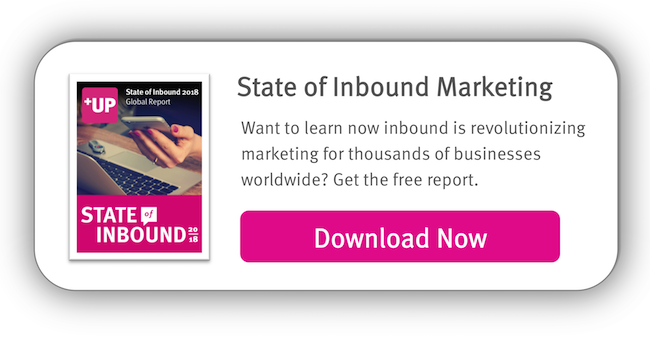Since the start of the digital age, the role of marketing and advertising in companies has been shifting. Where the role of marketing was once primarily promotion or branding, today it’s increasingly about delivering leads to the sales team. Qualified leads – in a measurable way.
With the rise of inbound marketing, the shift has continued with an even greater emphasis on measuring the impact of marketing work. That means tracking the number of interested prospects and measuring the conversion rates of visitors into leads and then customers. In other words: to prove ROI.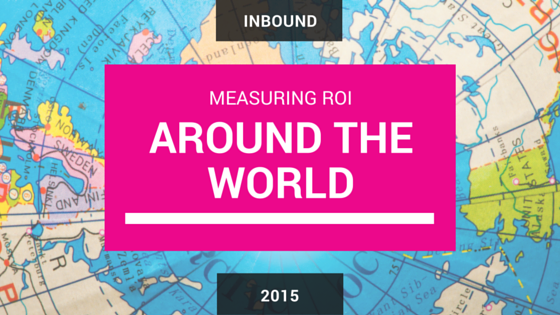
Proving ROI: a core tenet of inbound
So that is the theory. But is it being put into practice? And if so, does it work the same way everywhere around the globe?
The 2015 State of Inbound Report from HubSpot answers some of these questions and others. HubSpot (the marketing automation software company) conducts an annual survey of marketing departments around the world, and this year’s survey included more than 150 countries with 4,000 respondents, primarily in B2B companies. It included companies who use marketing automation tools as well as those who do not.
Among other things, the report answers questions such as: How do marketing challenges and priorities differ by country? Does ROI matter equally in all countries? How does the acceptance of inbound compare internationally?
ROI: Lip-service or practice?
If we ask any of our team members who work on international business development in countries such as Sweden, the Netherlands, Belgium and even the UAE, they will say the B2B companies they talk to claim to care about ROI. Yet, many of them are lacking a defined way of measuring their leads. Or even a defined process for sales to follow-up on leads generated by marketing.
The State of Inbound Report paints a similar picture. In fact, it shows that fewer than 43% of sales teams even have contact information before reaching out to a prospect. And even fewer (only 21%) have any information about the prospect’s interaction with the company website.
Only 21%. Website interaction data is basic information any analytics tool or marketing system like HubSpot provides. Yet marketers aren’t using it, or maybe they don’t know where to find it?
But back to ROI. Does it really matter? Are companies taking action based on it? That may vary by country. According to the report, companies in North America, Australia and New Zealand are more concerned with measuring ROI (56-59% listed ROI as the top marketing priority) than those in other parts of the world like Europe, the Middle East and Asia (46% said it was a top priority) or Latin America (where 49% said it was most important).
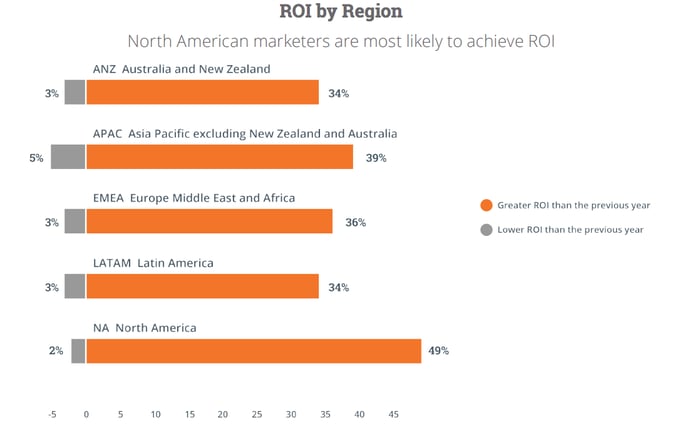
North America was also the most likely to track ROI and know what their ROI was at all, let alone achieve the goals. This might make sense, in part, since the “inbound revolution” started there.
“In theory, everyone is focused on ROI. In practice, lots of companies don’t measure much. If they get new leads, they’re happy, they don’t look further,” said one business development manager in the Benelux region of Europe.
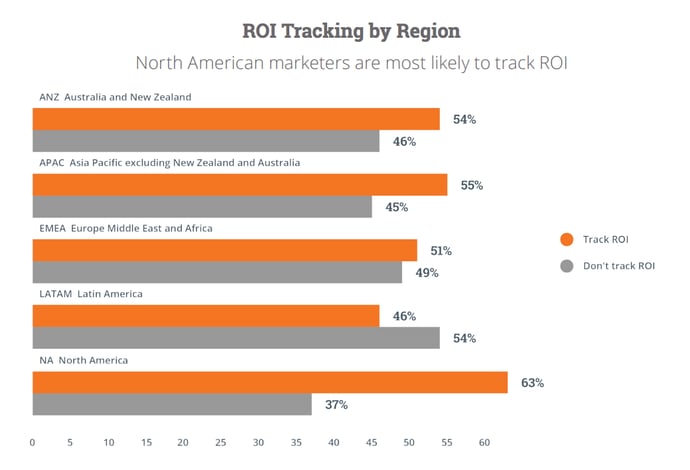
So what does it mean? In general, marketers seem to understand the importance of measuring ROI and setting goals, yet the vast majority, especially in international markets, are still falling short of reaching their goals. Does this reflect a matter of practice or uncertainty about how to measure ROI?
Such low numbers may also suggest that a lot of companies are only just discovering the power of digital media compared to “old” media. A 2013 survey from a Belgian company called Acerta showed that only 41% of companies in Belgium with more than 1000 employees were using digital assets, and under 1000 employees, the number dropped to 36% and under 10 employees, it was just 27%.
Furthermore, some companies may have jumped onto the digital bandwagon or into using social media “because everyone is doing it” but without a clear idea of how to measure ROI.
“I have even heard marketing consultants say (about social media), ‘It doesn’t do anything for you but you need to be on it because your competitors are there’ <<facepalm>>,” said Marie-Helene Dibenedetto, an UP digital media consultant in Belgium. They clearly lack an understanding of how to create measurable social media campaigns. (Hint: it’s not that hard if you use the right tools).
Yet, next door in the Netherlands, things are somewhat different. The Dutch market is very mature in terms of Internet adoption (9 out of 10 homes in the Netherlands are connected to the Internet). This means a lot of businesses are heavily focused on driving online sales.
"Business here – think retail, but also insurance, financial services and utility providers − are more integrated in their marketing compared to what I see in the rest of Europe and Asia," said Roupert Muller, a digital and social media consultant in the Netherlands. "Most businesses are using a mix of organic and paid advertising, social media (organic & paid) and content marketing with a heavy focus on delivering a proper mobile experience."
In other parts of the world, changes may be happening faster. As a relatively new open market, Dubai has a focus on international marketing with a modern approach to business. For growing economies like this one, a clear focus on metrics and business development may mean that generalizations about international marketing and results like those in this survey may be about to change.
“As companies focus on building an international market, they are looking to create best practices and follow methodologies that have been proven effective elsewhere,” saidAsra Eftekhari, an UP marketing consultant in the UAE. “They are willing to invest and hire the experts who can provide training or establish measurement systems.”
Inbound is world-wide
One thing the report showed for sure: The global community is united in favor of inbound practices. The days of interruption marketing and relying on print ads for lead generation are over. In all five international regions, a 3:1 ratio emerged between those who considered their organization inbound-driven versus outbound-driven.
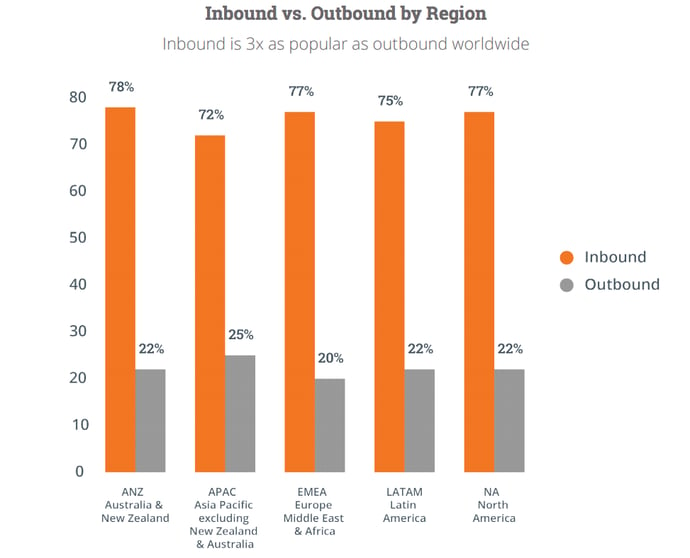
“In Sweden, we are seeing a growing interest not only in the inbound methodology but also in creating processes and tools for measuring ROI, as well as accurately tracking lead generation. Inbound has definitely arrived here,” said UP Swedish Inbound Marketing and Digital Consultant Anders Westholm.
Want to know more about Inbound Marketing?
Download our free Guide to Inbound.
